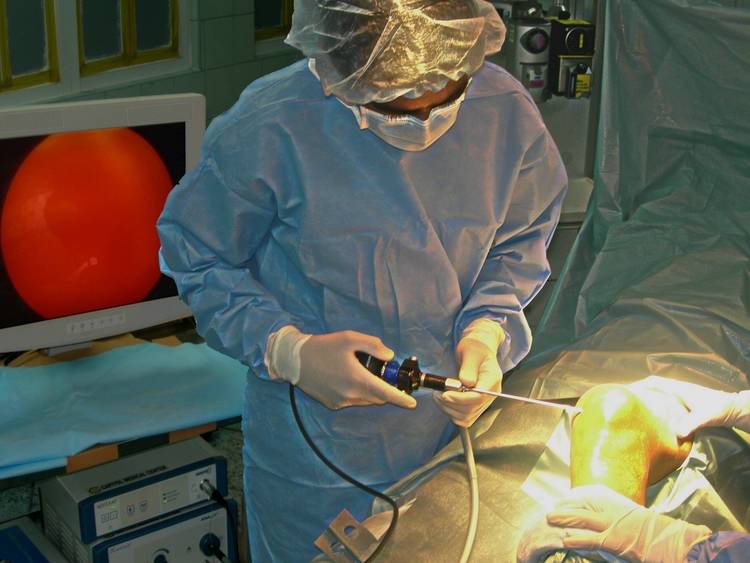Knee arthroscopy is a modern surgical technique that has revolutionized the treatment of various knee injuries and conditions. If you’re considering this procedure, understanding what to expect can help you prepare mentally and physically for the journey towards better knee health. In this blog, we’ll explore the process of knee arthroscopy, its benefits, and what you can anticipate during and after the surgery.
Benefits of Knee Arthroscopy
Knee arthroscopy offers several advantages over traditional open surgery methods. It is minimally invasive, which means smaller incisions, reduced risk of complications, and faster recovery times compared to conventional procedures. This approach allows orthopedic surgeons to diagnose and treat knee problems with precision, often leading to better outcomes for patients.
Preparation for Knee Arthroscopy
Before undergoing knee arthroscopy, patients typically undergo consultations with orthopedic surgeons. These consultations help assess the severity of the knee condition and determine if arthroscopy is the best course of action. Pre-operative tests, such as X-rays or MRI scans, may be conducted to provide detailed images of the knee joint. Additionally, surgeons may recommend specific medications or adjustments to lifestyle habits to optimize the surgical outcome.
The Procedure
During knee arthroscopy, the surgeon makes small incisions around the knee and inserts the arthroscope, which transmits images of the inside of the joint to a monitor. This real-time visualization allows the surgeon to identify the exact location and nature of the problem. Surgical instruments are then used through additional small incisions to repair or remove damaged tissue, reconstruct ligaments, or perform other necessary procedures.
Recovery Process
Post-surgery, patients can expect a gradual recovery process. While recovery times vary depending on the severity of the condition treated, physical therapy is often prescribed to help restore strength and mobility to the knee. Pain management strategies are also employed to ensure comfort during the healing phase. Most patients can resume light activities within a few days to weeks, with full recovery typically taking several months.
Risks and Complications
As with any surgical procedure, knee arthroscopy carries some risks, although they are generally minimal. These may include infection, blood clots, or damage to surrounding tissues. Patients are advised to follow post-operative care instructions diligently and report any unusual symptoms to their healthcare provider promptly.
Takeaway
Knee arthroscopy is a valuable option for individuals dealing with knee injuries or conditions affecting their quality of life. By understanding the process and potential outcomes, patients can make informed decisions about their healthcare journey. If you’re considering knee arthroscopy, consult with an experienced orthopedic specialist to discuss whether this procedure is right for you.






